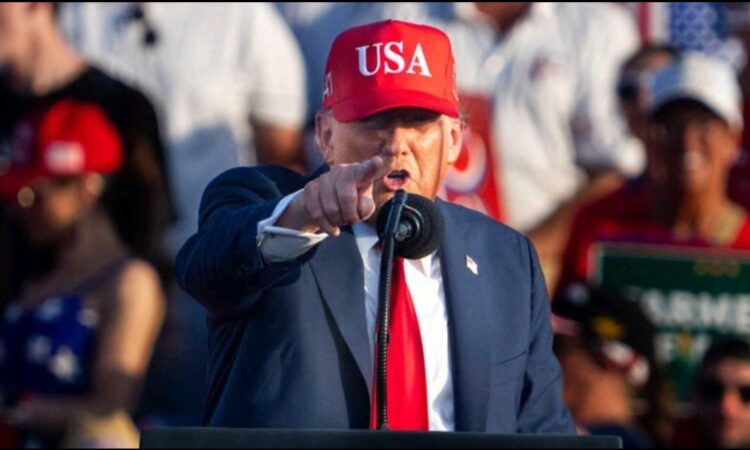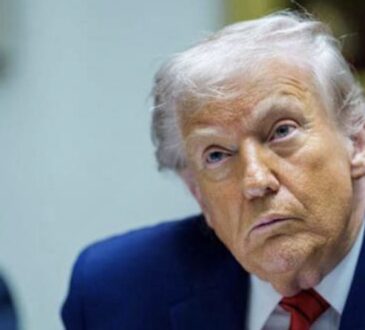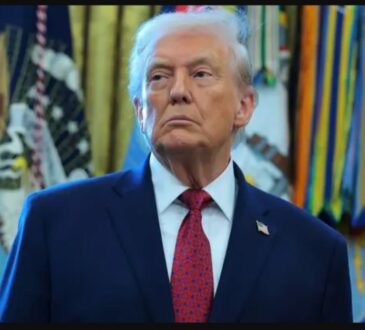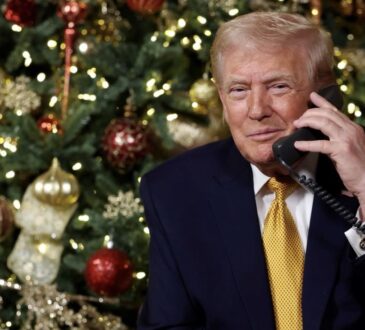
The new law locks in many of Donald Trump’s major policy goals, and he and his supporters are celebrating it as a big win.
Now that the heated debates in Congress are over, Trump appeared cheerful and proud as he signed what he called the “Big beautiful bill” into law at a White House event. Top lawmakers were there, and military planes even flew overhead during the ceremony. Speaking to a crowd on the South Lawn with his wife beside him, Trump said, “We made promises, and we kept them.”
Trump had talked about many parts of this bill while campaigning—things like cutting taxes on tipped and overtime wages and ramping up immigration enforcement and deportations. This law delivers on those ideas and much more.
It extends tax cuts from 2017 that were about to end. It also lowers taxes for corporations and people with large estates, increases the child tax credit, and raises the amount people can deduct in state and local taxes to \$40,000. On the flip side, it gets rid of many tax breaks for green energy. According to the nonpartisan Congressional Budget Office (CBO), these changes will reduce government tax income by around \$4.5 trillion over the next ten years.
However, the bill also adds about \$3.4 trillion to the national debt during that time and increases the debt ceiling by \$5 trillion. The CBO says 12 million people could lose their health insurance because of it, and another estimate from Senate Democrats suggests up to 20 million might lose coverage. Medicaid, a program that helps low-income Americans get health care, will be cut by nearly \$1 trillion.
Even some Republicans had problems with the bill. Some thought cutting Medicaid went too far, while others believed the bill didn’t cut government spending enough.
Despite disagreements, the nearly 900-page bill passed Congress just months into Trump’s second term. This helped him quickly push forward his biggest priorities, including major changes to the federal government and large-scale deportation efforts.
Up until now, Trump had mostly relied on executive orders to push his agenda—actions that a future Democratic president could undo. But this new law is more permanent. He also showed his strong influence over Republicans in Congress, many of whom stayed loyal to him despite initial concerns.
After the bill passed, Trump said, “I think I have more power now,” pointing to how much control he holds over his party.
In the Senate, the vote was razor-thin. Three Republicans voted no, and Vice President JD Vance broke the 50-50 tie, giving it a final vote of 51-50. The House passed it with a 218-214 vote, with two Republicans voting against it.
Democrats strongly opposed the bill, saying it mainly helps the rich and harms poor and working-class Americans. House Minority Leader Hakeem Jeffries gave a record-breaking speech against the bill, accusing it of slashing Medicaid, cutting food aid for children, veterans, and seniors, and giving big tax breaks to billionaires.
Now that the bill is law, both sides are shifting to messaging and trying to win public support.
Trump and his allies believe the bill will spark economic growth and help Republicans in future elections. Trump said the economy would take off like a rocket once the bill takes effect. He was joined by House Speaker Mike Johnson, who gave Trump the gavel used to pass the bill.
Former Trump press secretary Sean Spicer called it a huge political and legislative success. He said passing it early gives time for the positive effects to show before the 2026 midterm elections.
Spicer added that the bill will help create jobs and boost the economy over the next 18 months.
Still, some Republicans are worried. Senator Thom Tillis of North Carolina voted against the bill because of the Medicaid cuts. He warned that the GOP might face the same kind of backlash Democrats did in 2010 when voters punished them for passing the Affordable Care Act, also known as Obamacare. Tillis seemed to think Republicans could now be making a similar mistake.




